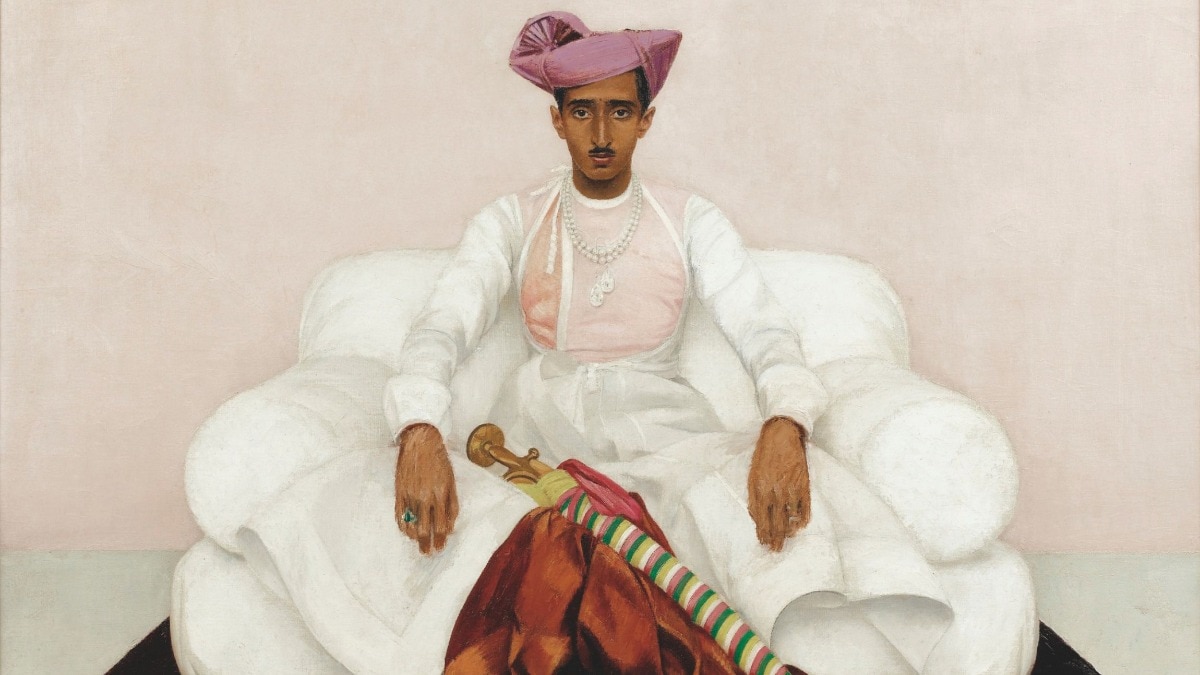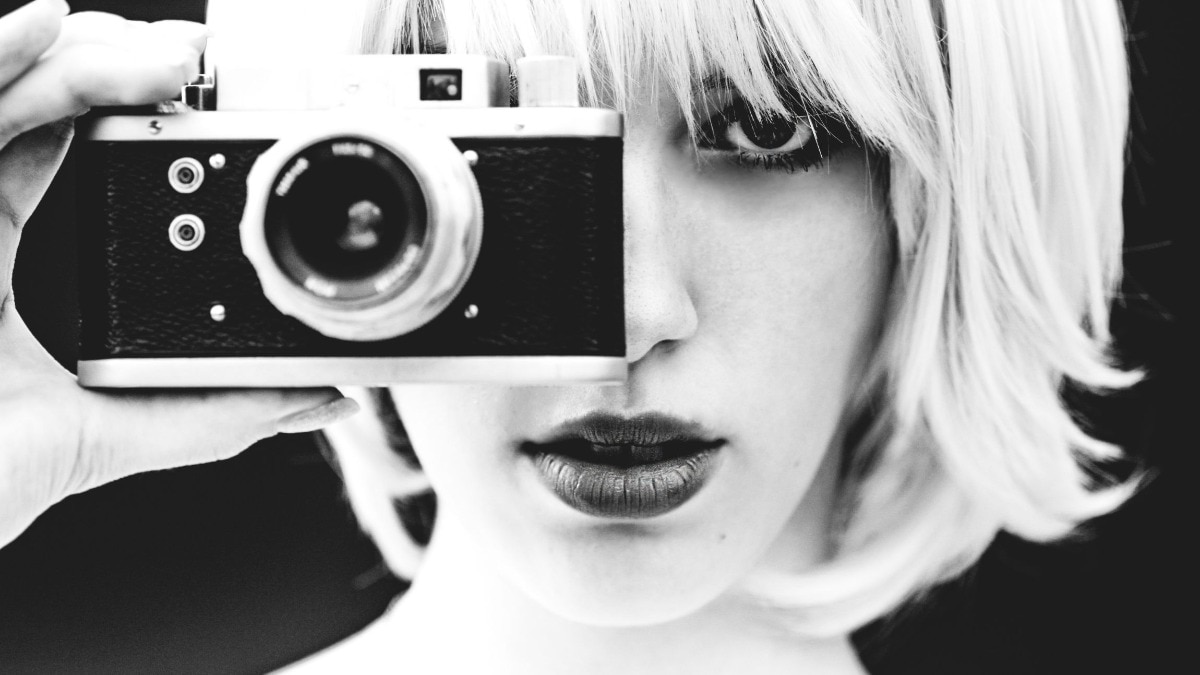How Vivienne Westwood defined fashion activism with a lifetime of rebellion and celebration of punk
Remembering the iconoclastic Queen of Punk, Dame Vivienne Westwood.


“Great art should make you think, ‘My god, how did anybody do that?’ It’s incredible what human beings can do. Absorb the illusion of reality.”—Vivienne Westwood, 1941-2022
Born in Tintwistle, Derbyshire on 8 April, 1941, the doyenne of British fashion, Dame Vivienne Westwood (Vivienne Isabel Swire) forayed into the world of design in the early 1970s, after working as a primary school teacher and making her own jewellery that she would sell at local stalls. A voracious reader and an enthusiastic creator, she stitched together her bridal dress for her first marriage to Derek Westwood, before meeting Malcolm McLaren (musician, impresario, and singer-songwriter who also promoted and managed the band, ‘Sex Pistols’ and ‘New York Dolls’).
Not one to conform or play it by the book, after giving birth to her son, a chance meeting with 19-year-old fellow art student (McLaren) through her brother, set her off on a completely new path. A hot and cold partnership with him ushered in an era of transformative creativity for Westwood which also propelled them to set up shop at 430 Kings Road, London, in 1971. Calling it ‘Let It Rock’, the first wave of designs catered to the ‘Teddy Boy’ subculture. By 1972, the duo decided to rename the store ‘Too Fast to Live, Too Young to Die’, inspired by rocker/biker style popular at the time, and once again, changed the name to ‘SEX’, selling S&M inspired clothes, before finally settling for ‘Worlds End’ which went on to define street culture.
Their wanton disregard for all things conventional and questioning societal limitations revolutionised the fashion landscape in the mid-70s—Westwood designed, while McLaren was the marketing maverick who kept things controversial. The anarchic 1977 shirt with bold red Nazi swastika, Sex Pistols lyrics, inverted image of Christ and the word ‘DESTROY’, according to Westwood was a way of challenging older generations and rejecting fascist taboos.
Far more entrenched in the punk movement than him, while they showcased their first runway show, the Pirate collection (A/W 81/82) at L’Olympia in Paris, they had also filed for divorce by then. Born from Westwood’s obsession with 18th century men’s clothing that included exaggerated trousers, billowing shirts, and pointed footwear enmeshed with a romantic, yet vibrant aesthetic laid the foundation for her signature style. Self-taught designer and seamstress, her ‘Harris Tweed’ collection in the mid-80s re-launched the corset as an outerwear piece, getting the nod from designer Karl Lagerfeld as “one of the most important fashion ideas from the 20th century”.
By the late 80s and early 90s when the world was beginning to warm upto a somewhat minimalistic fashion aesthetic, Westwood’s ‘Portrait’ collection (A/W 90/91) stirred the pot where she used Rococo designs lifted from 18th century furniture fabrics. Her next five collections further rejected status quo—with ‘Britain Must Go Pagan’ she combined sexual parody with conventional design. Sartorial arrogance on point: Savile Row style jackets paired with nude tights and an appropriately placed fig-leaf.
Continuing to take a jibe at political meanderings and shifting ideologies, in 1989, Westwood also appeared on the cover of Tatler, impersonating Margaret Thatcher for the magazine’s April Fools edition. While this led to the then magazine editor, Emma Soames being sacked, and the cover being blown up on London billboards, Westwood eventually ended up labelling Thatcher, a “hypocrite” who had done “real damage” to the world in her blog, years later.
It was around this time that Westwood, who was teaching at the Vienna School of Applied Arts (then 47-years-old) met 23-year-old, Austrian-born Andreas Kronthaler, going on to marry him in 1992. In an interview with The Guardian, Kronthaler recalled, “She looked great, really great. So eccentric. She started to talk, and she was so serious, so genuine. She was opening doors as she spoke. Everything she said articulated ideas I’d not even had yet. About fashion, yes, but more than that: a way to look at life.”
Although not talked about as often as her other shows, ‘Always on Camera’ established her label as a major player in Europe. It also introduced the pink leopard print which went on to be later seen on shoes, socks, handbags, corsets. One also saw Carrie Bradshaw carry a luggage trunk with the pattern in an episode of ‘Sex and the City’.
She later showcased her first proper menswear line, ‘Cut & Slash’ going on to be named designer of the year in 1992 where she was awarded by the queen. In true Westwood ‘no care for conventions style’ she turned up for the ceremony in a tailored suit that gave everyone a full frontal view. In 1993, she showcased ‘Anglomania’ which made her synonymous with tartan tailoring and mini kilts.
2004 became a landmark year with the opening of Vivienne Westwood retrospective at the Victoria & Albert Museum, London, a place she often visited seeking inspiration for her collections. The show celebrated her extraordinary career, featuring 150 artefacts from her personal archive as well as that of the V&A.
In 2005, Vivienne Westwood launched the ‘Active Resistance to Propaganda’ campaign, which also saw models walk down the Paris runway for A/W 05/06 collection while wearing heavy sacks with ‘Active Resistance to Propaganda’ slogan embossed embossed upon them. She also later partnered with civil rights group ‘Liberty’ to launch slogan t-shirts, ‘I am not a terrorist’ defending habeas corpus (a decree that contested unfair imprisonment), which also led her to later on write an essay in ‘The Guardian’ where a cast of characters that included Aristotle, Alice (in Wonderland) and Whistler coax the world to pursue a culture of, ‘Change yourself, change the world’.
Egalitarian in her approach and not one to water down on her belief or her stand, Westwood in 2011 took to the streets of Nairobi for her ‘Ethical Fashion Africa campaign’ where she designed a collection of bags made under ethical labour conditions by women in the city. This was followed by the launch of ‘Climate Revolution Campaign’ at the 2012 Paralympics closing ceremony, stripping of for PETA in support of vegetarianism, joining the pro-Scottish independence movement later on.
A revolutionary who brought fashion activism front and center through her work, the undisputed queen of punk and British fashion, died on 29 December peacefully, surrounded by family in South London. While the world mourns her loss her body of work shall continue to leave an indelible mark for generations to come.










